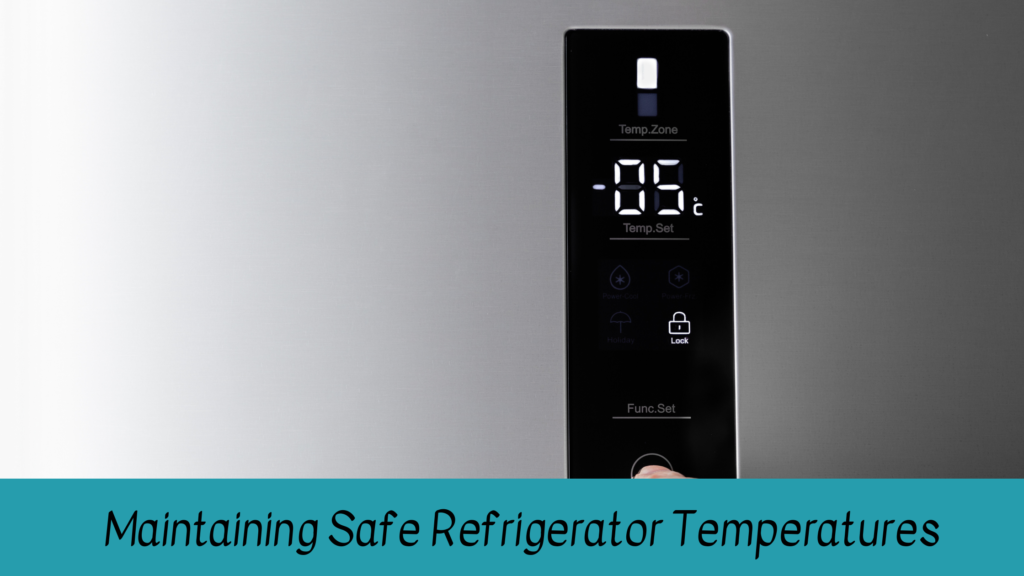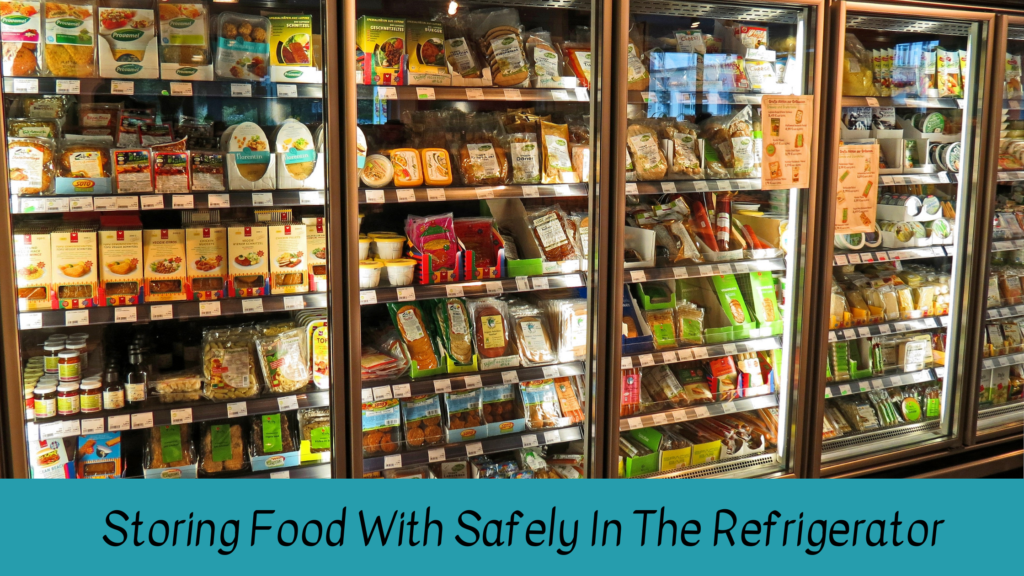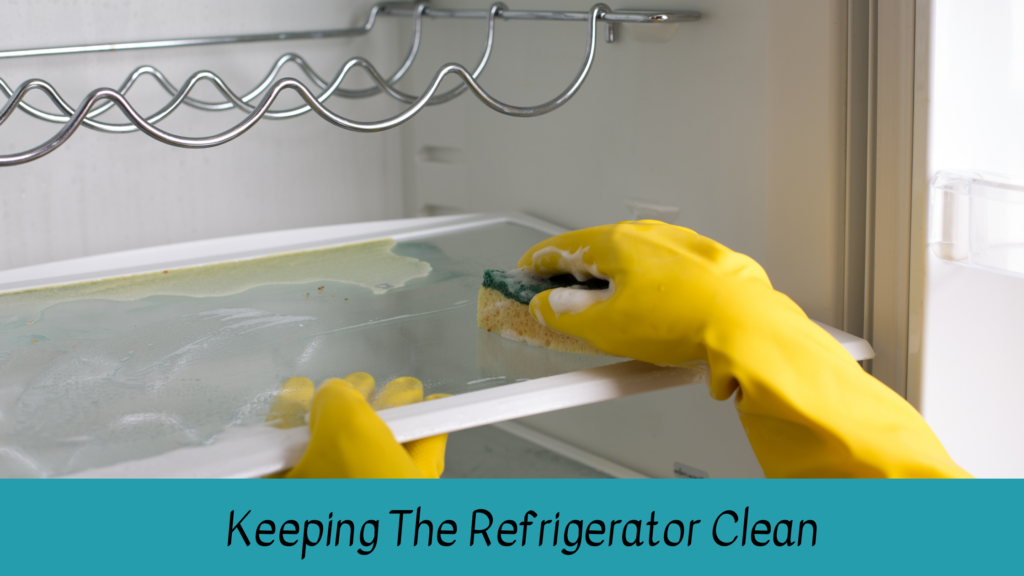
What Are The Guidelines For The Use Of Refrigerator 2022?
INTRODUCTION
Refrigeration installation reduces bacterial development and keeps food fresh longer, but we should keep the guidelines for using the refrigerator. Bacteria grow fastest between 5 and 60 degrees Celsius, known as the ‘Temperature Danger Zone.’ As a result, it’s critical to keep refrigerators at the proper temperature and clean so that frozen and chilled foods stay safe. When utilizing the refrigerator, food handlers should follow the guidelines below.
The Guidelines For The Use Of Refrigerators
1) Maintaining Safe Refrigerator Temperatures
- Keep chillers at 0 and 4 degrees Celsius and freezers at -18 degrees Celsius or below.
- Check the refrigerator’s temperature with a refrigerator thermometer (one that can measure temperatures below 0ºC). Follow the procedures below to ascertain the temperature inside the refrigerator:
- Close the refrigerator door and place the thermometer towards the center of the refrigerator in a handy, easy-to-read area.
- Refrigerate the thermometer for 10 to 15 minutes to provide accurate temperature measurement.
- Check the temperature without removing the thermometer from the refrigerator. Adjust the thermostat dial to the desired temperature if the thermometer reading is not within 0°C to 4°C (for the chiller) or 18ºC and below (for the freezer). After 15 minutes, check the temperature reading again.
- In the refrigerator, use a non-mercury thermometer since mercury thermometers can shatter and contaminate food.
- Check that the thermometer and the refrigerator are in excellent operating order*.
- Don’t stuff the refrigerator with too much food to prevent appropriate air circulation. To keep food cold, cool air should travel freely.
- Do not leave the refrigerator door open for an extended period of time since this will raise the temperature.

2) Storing Food With Safely In The Refrigerator
- As soon as the food is delivered or cooked, store it at the proper temperature. This reduces the danger of food deterioration by preventing the formation of hazardous microorganisms.
- Cooked and ready-to-eat foods should be kept above raw foods*. This is done to avoid cross-contamination of cooked or ready-to-eat food with raw food drippings.
- To avoid cross-contamination*, store food in separate, adequately covered containers in the refrigerator.
- Do not store marinated foods at room temperature, as germs can quickly increase in warm food. Place marinated foods in a covered container. Refrigerate the contents of the containers.
- Write the date of purchase or preparation on the product label.
- Corresponding “use-by” date Adopt the FEFO (First Expired, First Out) philosophy.
- Food that has been stored in the refrigerator for a long time should be utilized first.
- Put hot food on shallow plates or divide it into smaller portions for serving. Before refrigeration, cool quickly and evenly. Alternatively, a blast chiller can be used. Before putting food in the refrigerator, let it cool down.
- Perishable foods should not be kept behind the refrigerator door. Place them on the shelves in the refrigerator’s main section. When the refrigerator is opened, the temperature of food stored in the door might rise.

3) Keeping The Refrigerator Clean
- Clean up spills as early as possible using a moist cloth and a clean cloth.
- Wipe down the refrigerator’s interior regularly using a clean sponge or towel and warm, soapy water. Clean with a clean towel after rinsing with a moist cloth.
- Wash detachable shelves and drawers with clean water after washing with warm, soapy water, and using a clean cloth, dry.
- Clean the refrigerator’s rubber lining regularly.
- Use a brush to clean the condenser coil regularly to remove dirt and dust so that the refrigerator can function properly.
- Do a weekly stock check to eliminate perishable food that has gone bad or has passed its “use-by” date.
